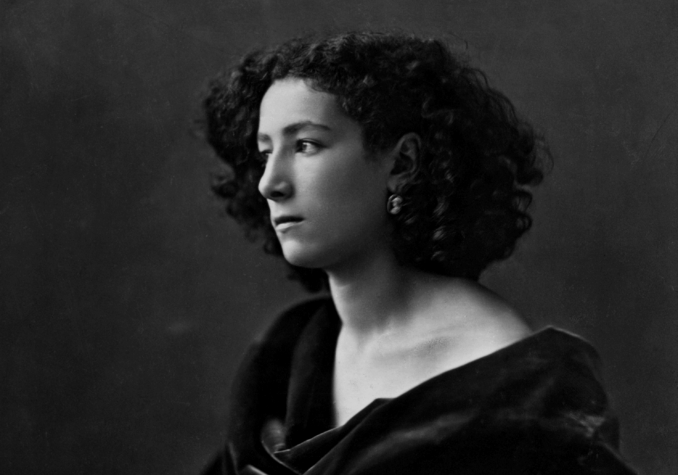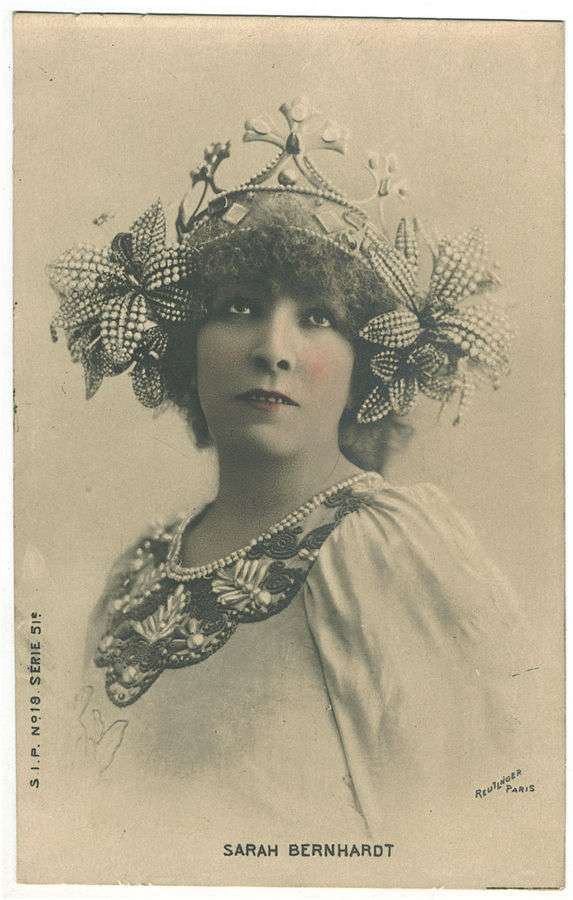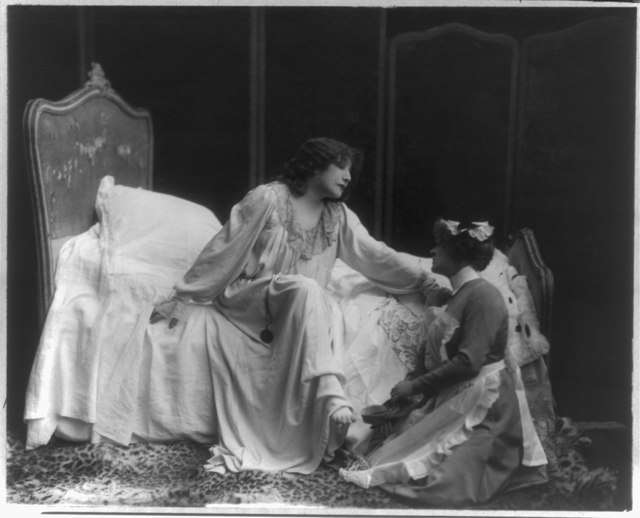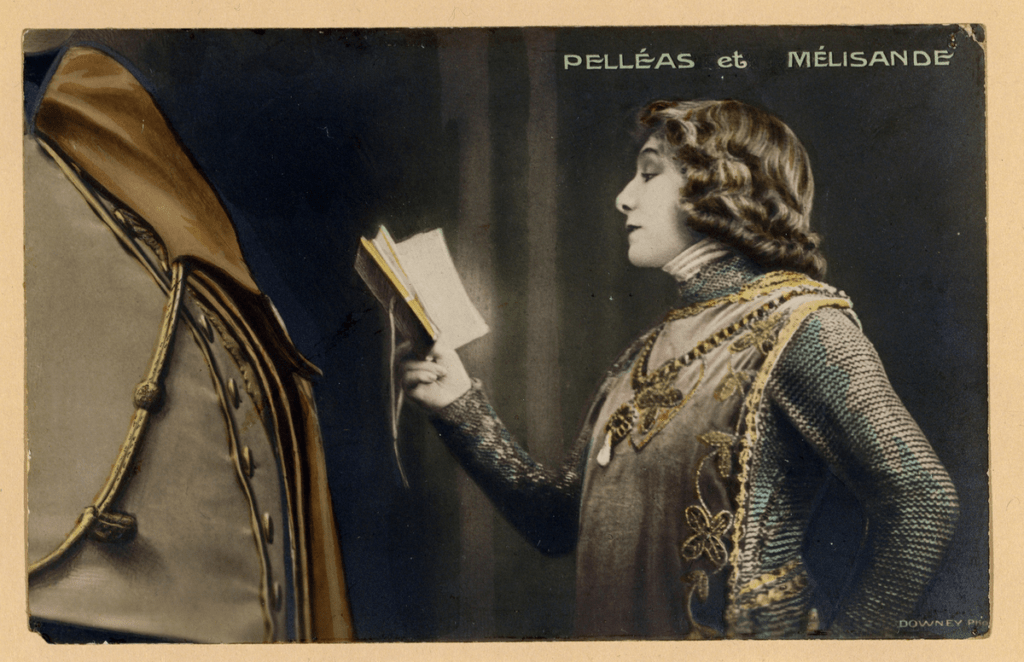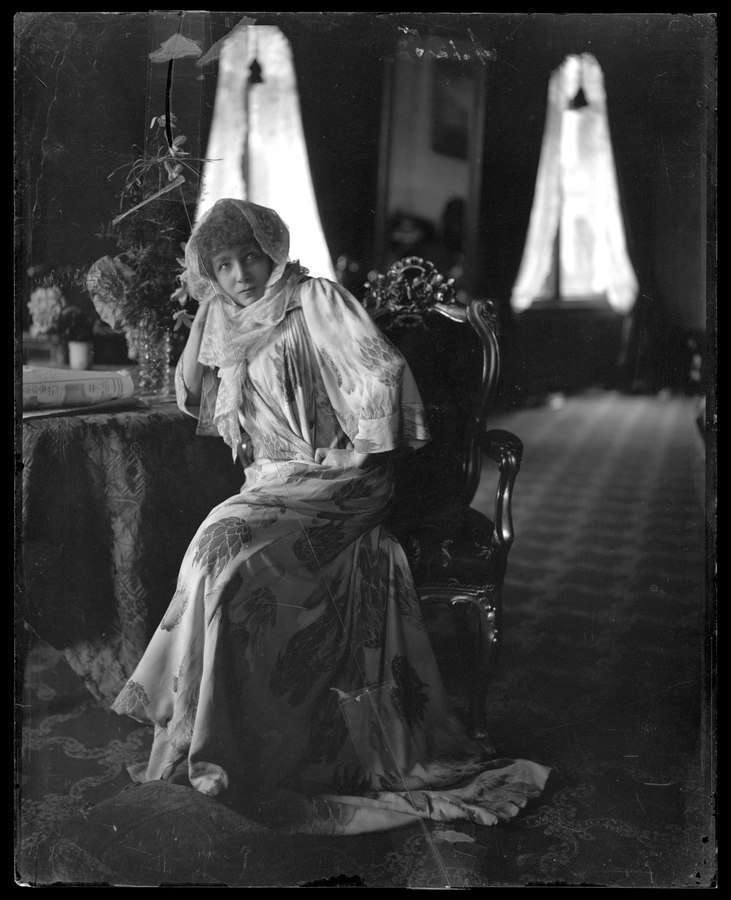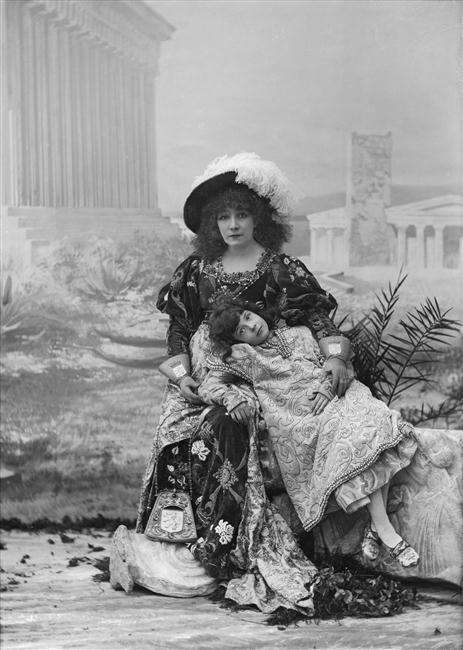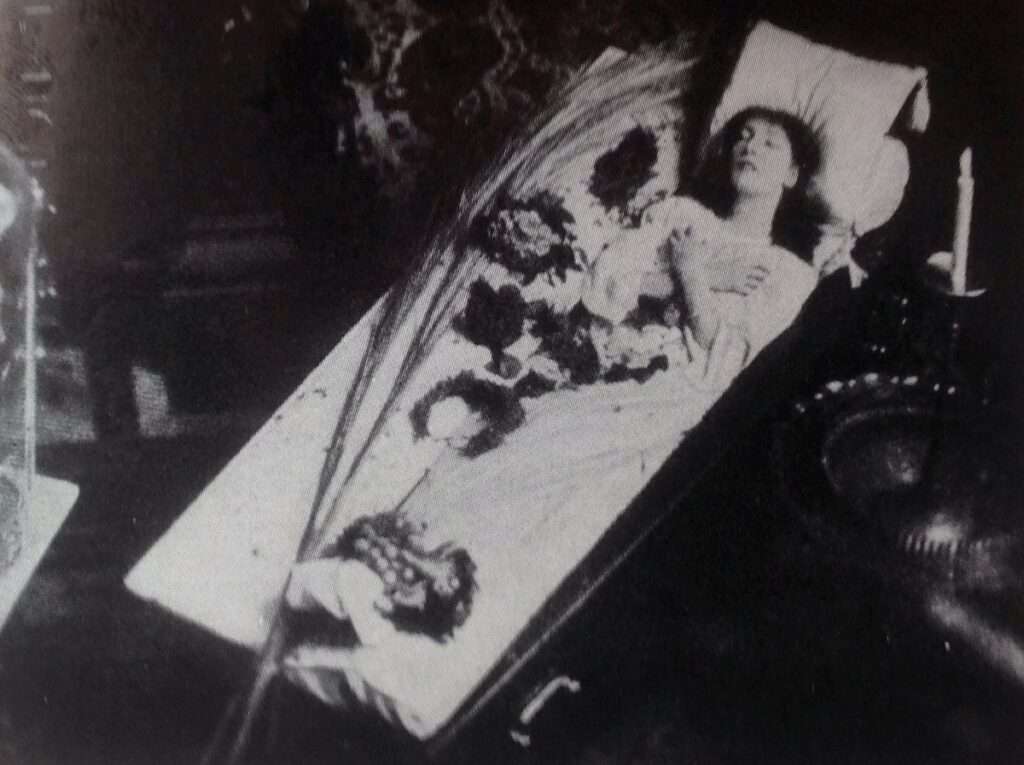180 years ago, an actress who was admired around the world was born in Paris. One of the most important theatrical personalities of the 19th and early 20th century, the charismatic and extremely talented Sarah Bernhard had it harder than today's showbiz stars, she became famous at a time when acting was already seen as an art, but film was in its infancy, television did not exist, and going on a world tour did not take a few hours, but rather weeks and months. Yet during her sixty-year career she achieved impressive success, and wherever she appeared, she was accompanied by a similar frenzy to that of contemporary film stars.
She was born on 22 October 1844 in Paris as Henriette Rosine, the first illegitimate daughter of Judith Julia Bernardt, a young Dutch Jewess who earned her living as a courtesan. Her father was Édouard Viel, a lawyer from Le Havre, who was imprisoned for financial embezzlement in 1855 and died shortly afterwards. At the request of his family, Sarah was baptised and brought up by a foster mother, attending the convent school at Versailles from the age of 10. In 1858, on the advice of his friend Alexandre Dumas the Elder, the Duc de Morny, half-brother of Napoleon III and her mother's lover, arranged for her to take acting lessons at the Comédie Française.
After four years of study, she debuted in the title role of Racine's drama Iphigenie and began using the name Sarah. However, her career in the theatre soon ended because she slapped her colleague and was fired. She then played only supporting roles on small stages. In 1864 she gave birth to a son, Maurice, whose father was the Belgian Prince Henri de Ligne. He wanted to marry her, but his family prevented him from doing so.
Sarah made her name in 1867 at the Odeon Theatre with the role of the Queen in Victor Hugo's drama Ruy Blas. She delighted audiences and critics alike. Three years later, however, the Franco-Prussian War broke out, the theatres closed and Sarah organised the conversion of the Odeon into a hospital for wounded soldiers, gathering supplies and assisting the doctors as a nurse. After the war, she returned to the Comédie Française.
It was during this period that her rise began and she was soon considered one of the most important actresses of the time. In France, she was hailed by critics as "the golden voice" or "the divine Sarah". She was attractive, slim, petite and elegant, setting trends in the world of fashion and hairstyles. Today's tabloids would rave about her for her odd hobbies - she slept in a coffin, had a menagerie of exotic animals at home, made no secret of the many lovers who had to be rich or famous to win her over, and was not afraid of scandal. The theatre was everything to her, she could portray both charming and dashing women and even male roles. The role of a lifetime for her was Dumas' The Lady with the Camellias, which she played from 1880 until her old age.
In 1882 she married Jacques Damal, who was an attaché of the Greek embassy in Paris and was also an actor, so they opened their own theatre together, with her son Maurice as director. The theatre soon ran into financial difficulties and went bankrupt, the cause being Damal's addiction to morphine and gambling, which he financed from the profits of the theatre. He died in 1889, but they were already separated.
The collapse of the theatre meant a big financial loss for Sarah, which she compensated with income from foreign tours, which she went on with her own acting company. She did several of them during her lifetime. The first in London in 1879, followed a year later in the United States, where she visited 51 cities in six months, and then a major European tour in which she visited Russia, Italy, Greece, Hungary, Switzerland, Denmark, Belgium and the Netherlands. Between 1886 and 1889 she performed several times in the USA, and in 1891-93 she made a world tour, during which she visited Prague, but refused to perform in Germany.
At Christmas 1894, she was brought together by chance with the Czech artist Alfons Mucha, who was in Lemercier's lithographic workshop in Paris at the time she was commissioning a poster for a new play by Gismond. Mucha depicted her as a noble Byzantine princess with a palm leaf and a golden halo; the poster was over two metres long and three-quarters of a metre wide and became a Parisian sensation, with 4,000 printed. Mucha then worked for Sarah for the next six years, portraying her as the Lady with Camellias in 1896. This work is considered one of the highlights of Art Nouveau printmaking, as are Mucha's other posters for plays such as Lorenzaccio and Médea. In addition, he designed jewellery for it, made by the famous Parisian jeweller Georges Fouquet.
In 1906 Sarah was appointed professor at the Paris Conservatoire and in 1914 she received a present for her seventieth birthday - the Legion of Honour. At the same time, however, doctors had to amputate her right leg due to inflammation in her already injured knee. Even after that she continued to play sitting up, but refused a prosthesis. During the First World War she performed for French soldiers in tents, barns and infirmaries on improvised stages.
In addition to the theatre, she was also active as a writer, in 1907 she wrote the memoir My Double Life, translated several plays and also painted and sculpted. She made her first film appearance in 1900 in a two-minute silent film about Hamlet, which premiered at the World Exhibition in Paris. After this experience she took a negative attitude towards filmmaking, but she still starred in Tosca in 1909 and three years later in The Loves of Queen Elizabeth.
She died of kidney failure on 26 March 1923 and was accompanied by almost the whole of Paris on her last journey to Père Lachaise cemetery.
Facebook / Gnews.cz - Jana Černá
